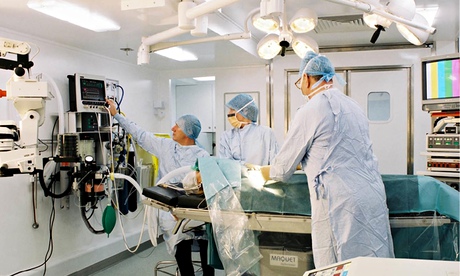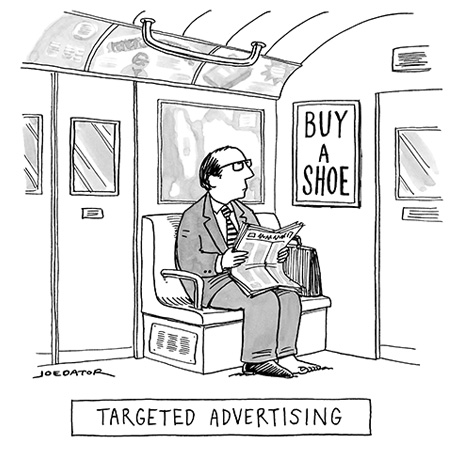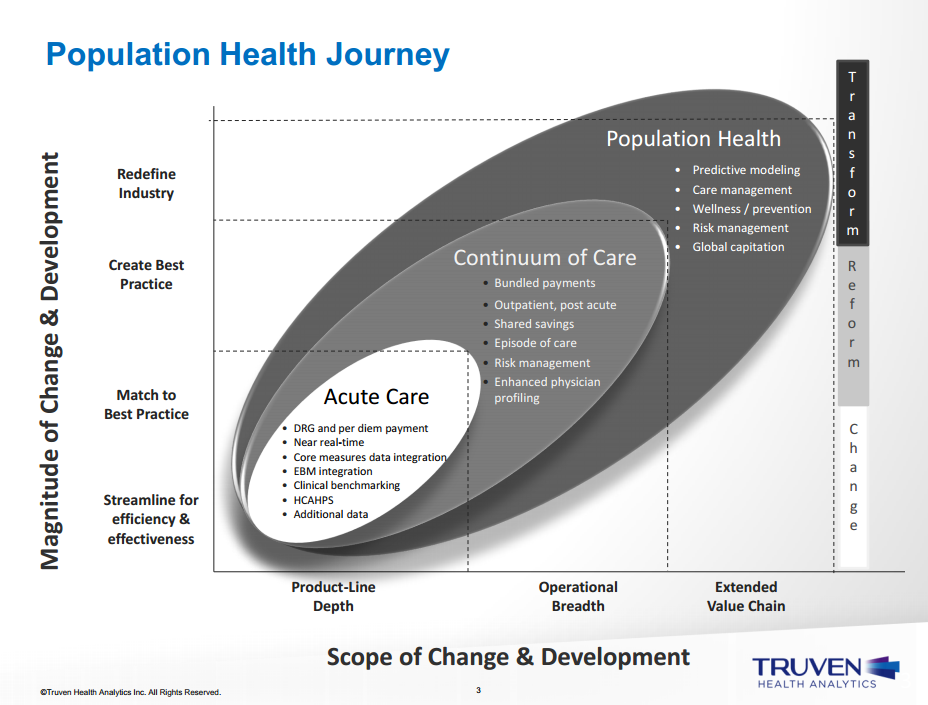this is a brilliant move….
http://www.futuregov.asia/articles/2014/aug/14/singapore-governments-first-chief-data-scientist-p/
ANALYSIS, CONNECTED GOVERNMENT, GOVERNMENT ANALYTICS
SINGAPORE GOVERNMENT’S FIRST CHIEF DATA SCIENTIST PRABIR SEN ON HIS NEW ROLE AND GOALS
From traffic updates to tax returns, cities and countries have more data than ever before – but how can they manage it?
FutureGov has exclusively interviewed Prabir Sen, Singapore government’s first Chief Data Scientist. He was appointed by the Infocomm Development Authority of Singapore (IDA) in January, and spoke on why his role was created, what he wants to achieve and the challenges he faces.
Vision to be a global analytics hub
Singapore aspires to be the world’s centre of data science and analytics. This vision required a dedicated team to guide the development of skills on data sciences and advanced analytic across the government and industry. The role of the Chief Data Scientist and his supporting team, called the Data Sciences Group, were created to drive the private and public sectors’ adoption of data analytics, said Sen.
Sen is excited about the potential for expanding Singapore’s work in this area: “I wonder if it is possible to invite the international sports and games industry, such as the Olympics Association, to collaborate with Singapore-based tech companies and talents on sports analytics right here in Singapore? Is it possible to attract aerospace and logistics companies here to do machine-to-machine data analytics? Is it possible to drive the multinational consumer good corporations to work with local small tech companies on advanced consumer insights?”
Using analytics to improve quality of decisions & lives
The government believes that data analytics has huge opportunities to impact government services and improve citizens’ lives in a wide range of areas, such as healthcare, transportation, education, retail and waste management.
A large volume of data is being generated from sensors and mobile devices today. This includes communication between person-to-person, person-to-machine and machine-to-machine, added Sen. He and his team are tasked to evaluate and apply advanced analytics techniques and models that can help organisations get a “360-degree view on people, technology and policies to improve the quality of decisions and improve citizens’ lives and journey of experience at various touch points.”
Cross agency data analytics
The greatest opportunity for using analytics within government is what Sen calls “cross data analysis”, where one agency can use data of another agency to solve their problem. “For example, the Ministry of Manpower can analyse healthcare data from Ministry of Health to determine skill gaps and future talent development requirements, or, transportation use environment to determine impact of weather in commuters’ behaviour” he said. “Such cross data analyses also require greater attention to and better governance of data protection, privacy and anonymity,” he added.
Some agencies are currently using this strategy and are achieving great results, he said, and the Singapore government is now encouraging them to explore more cross-agency data use.
Innovation therefore requires agencies to be even more ready to experiment: “Data analytics is fanning the flames of entrepreneurship in the Singapore government, to adopt a philosophy called ‘start up’. Government is obviously not a start up but initiatives to effect change are best thought of as start-ups where we should be more ready to trial and be comfortable with small failures.”
“Compare a project that takes months and costs a lot of money; with one that takes two persons and a couple of weeks of effort. If the former fail, it will be catastrophic, while a failure of a small trial is still acceptable. We can adopt a risk management methodology where the cost of failing becomes exceedingly tiny,” he said.
Developing analytics talent
One of Sen’s key performance indicators is to strengthen data talent locally. According to a recent IDA release, “McKinsey forecasts that there will be a shortage of 140,000 to 190,000 data sciences and analytics professionals by 2018 in just the US alone”.
Sen shared that the need to increase the local data talent pool is a real challenge. Most organisations are struggling to recruit enough candidates with the right skills. “We are shorthanded in several areas: data scientists who have both computational experience and business acumen, data visualisers who are skilled in both analytics and graphic design, analytics consultants who hold domain knowledge besides their analytics experience, and data engineers who can source and integrate data from disparate systems.”
Retaining this data talent is even more difficult, he continued. “Most of these data professionals are creative people. They require space and freedom and a stimulating environment to explore new approaches and insights that challenge them. So we need to facilitate and grow this local community, to drive engagement with them, pulling together users, data analytics companies, cloud providers to form an ecosystem to exchange ideas.”
To this end, IDA has launched a Massive Open Online Course (MOOC) on data science and analytics this month, offering locals the chance to develop the vital skills to respond to the growing demand for data professionals. The class has attracted more than 350 registrations from both the private and public sector.
Chief Data Officer vs Chief Data Scientist
Sen also clarified how his role is different from a Chief Data Officer. “A Chief Data Officer typically has responsibility to govern and protect data, and find ways to use data across the agencies. My role, on the other hand, is to find ways to build transformative products using data sciences, analytics and insights; drive rapid development and adoption of analytical techniques, and develop the local data and tech talent.”
The skills and experience that make a good Chief Data Scientist, Sen added, is not limited to quantitative and computation proficiency. The candidate must be good at understanding human behaviour, how people go about solving their problems and making decisions, and able to think laterally to engage in cross-cutting strategic dialogues. Most importantly, he must be able to learn, unlearn and relearn.
Learning will be vital as Singapore seeks to become a global hub for analytics. Agencies are being challenged to work together on trialling new approaches, while the government is seeking to build greater scientific communities and talent in the city state. Ultimately, though, these efforts could lead to greater personalisation of citizen services – a new way in which the government engage and does business with its customers.





